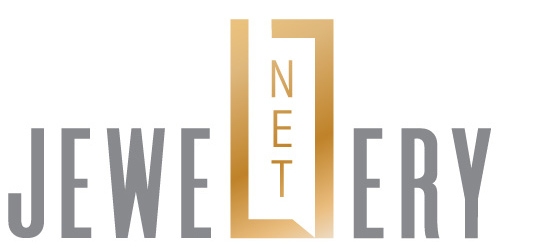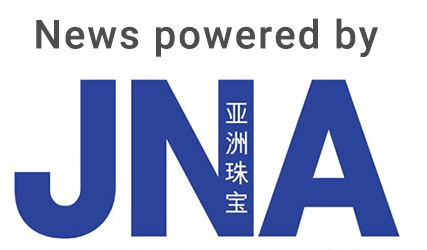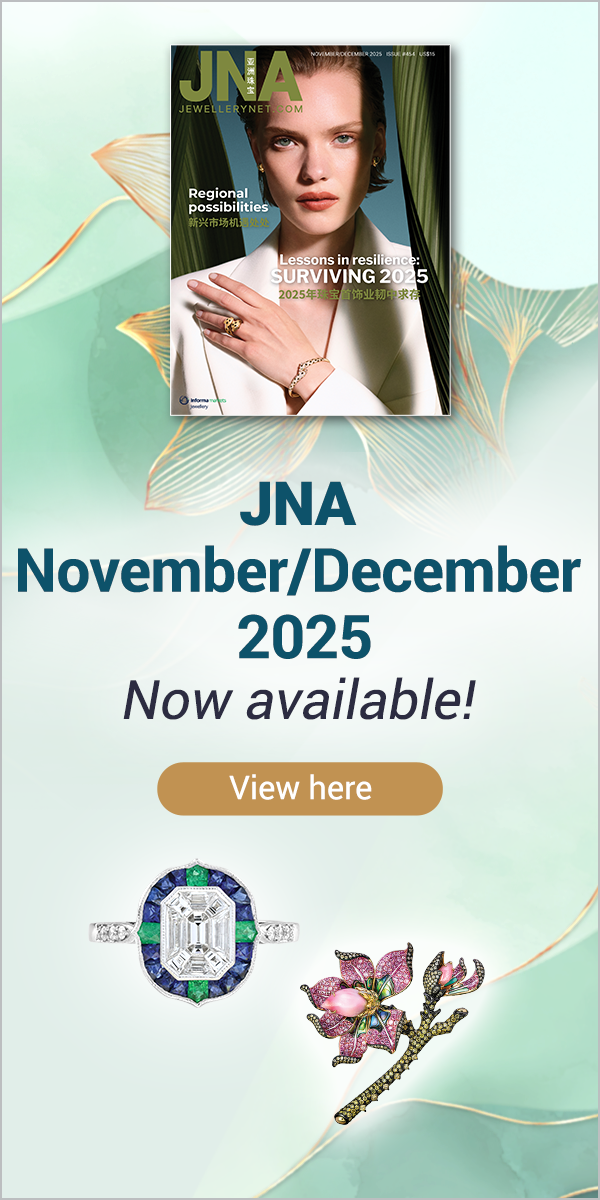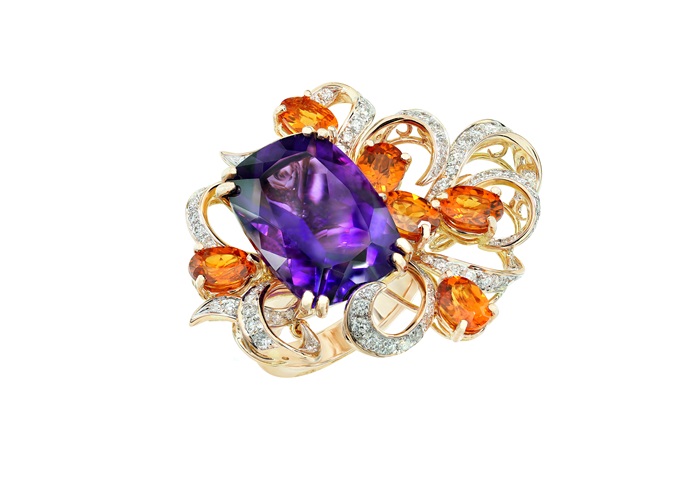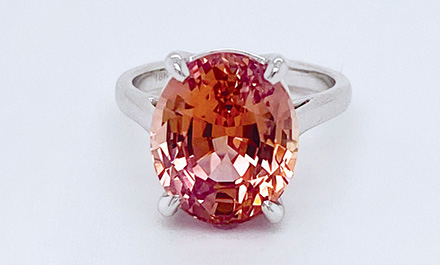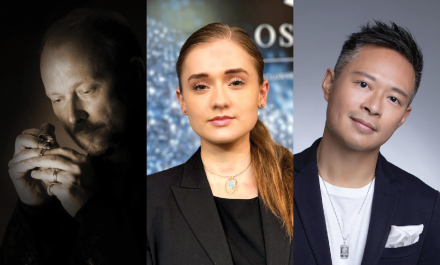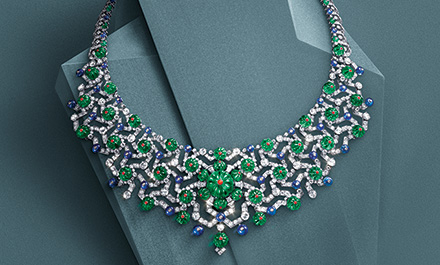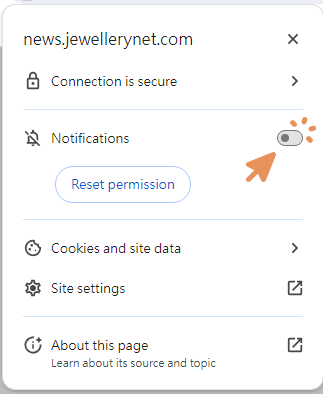Traceability solutions are gaining traction at the retail level amid greater consumer interest in both responsible sourcing and storytelling.
Mariah Carey recently made headlines for wearing a pair of necklaces by designer Mimi So worth US$400,000. But apart from their hefty price tag, the main news point was that the necklaces featured rare gemstones from six different countries: Opals from Australia, spinels and tanzanite stones from Tanzania, sapphires from Sri Lanka and Madagascar, tourmalines from Namibia, and aquamarines and other gems from Brazil.
This brings into sharp focus the growing interest in provenance to establish value on multiple levels in the eyes of consumers. The idea of combining gems from different parts of the world in elegant jewellery pieces reinforces the notion of luxury, exclusivity and rarity. Specifically identifying gem-producing countries adds exotic undertones and engaging narratives to the jewellery, while highlighting the gems’ origin represents responsible sourcing and transparency – values increasingly prioritised by today’s conscious luxury consumers.
It is here that traceability makes its compelling case. Given greater consumer scrutiny of origin and sustainability credentials, traceability platforms and tools offer assurance, build confidence and enhance storytelling possibilities to weave enchanting narratives around purchases.
While most traceability solutions started with jewellery materials such as diamonds, gemstones and pearls, they now extend to finished jewellery, too, offering end-to-end supply chain visibility.
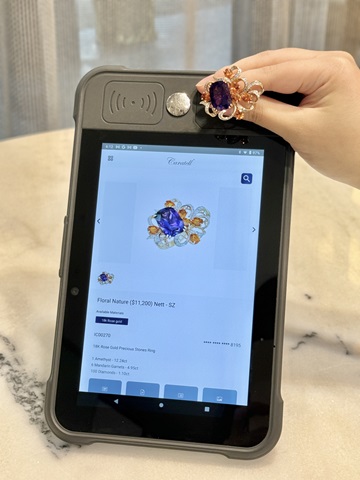
Experloop system
Experloop, developed by Singapore jeweller Michael Koh, serves a dual purpose. The world’s first gold microchip for the certification and identification of jewellery and watches, it contains relevant data on the jewellery piece’s components and origins. More importantly perhaps, it is a repository of its legacy.
According to Koh, his main objective is to allow the jewellery piece “to tell its own story.” Since jewellery is often passed down to the next generation or resold, Experloop was created to consolidate the core memories, milestones and complex emotions associated with the piece, together with documentation such as certificates, invoices and important information that can sometimes get lost or misplaced.
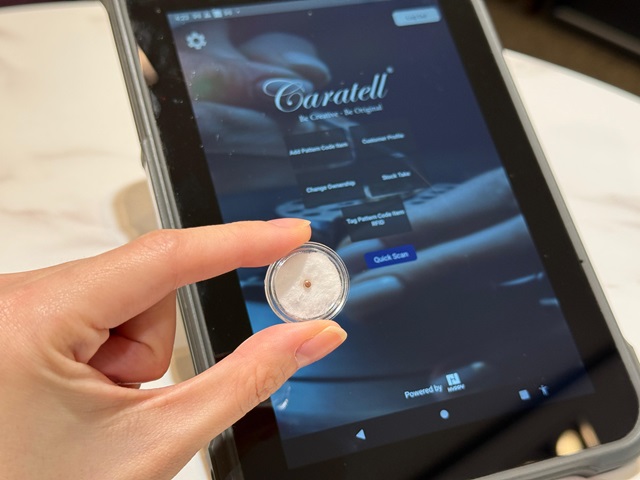
Experloop microchip
The 2mm round gold RFID microchip can inconspicuously be attached to watches and jewellery, seemingly part of the overall design aesthetic. The patent-pending chip uses passive RFID technology and requires sensory touch activation, which guards against unauthorised scanning. Advanced biometric authentication requirements also ensure that the process is secure.
“Experloop meets consumer demands for authenticity, provenance and storytelling, while providing a secure and permanent way to store important information,” said Koh. “Companies and brands currently rely on the customer's memory to keep the story alive. Experloop allows all necessary details – including brand information and the customers’ purchase drivers – to be embedded within the jewellery itself.”

Sapphire and diamond key pendant by Caratell with an Experloop microchip
Also breaking new ground is Bulgari, which has launched the first traceability app for high jewellery. Its Connected Jewels mobile app, first unveiled in May, is capable of recognising jewellery pieces by reading engraved serial numbers as small as 0.7mm. Through instant and simple authentication via smartphone, clients can access the Bulgari Digital Passport for full transparency on the products and their components.
“With Connected Jewels, we are redefining what innovation means in the world of high jewellery. By seamlessly integrating cutting-edge technology with Bulgari’s timeless standards of beauty and craftsmanship, we are creating a new paradigm, one where the client experience is elevated in both meaning and emotion,” said Bulgari CEO Jean-Christophe Babin. “Bulgari is currently the only luxury brand that connects not only its jewellery but also its luxury watches and bags and continues to lead with pioneering creations that not only embody aesthetic excellence but also enrich the lives of those who wear them.”
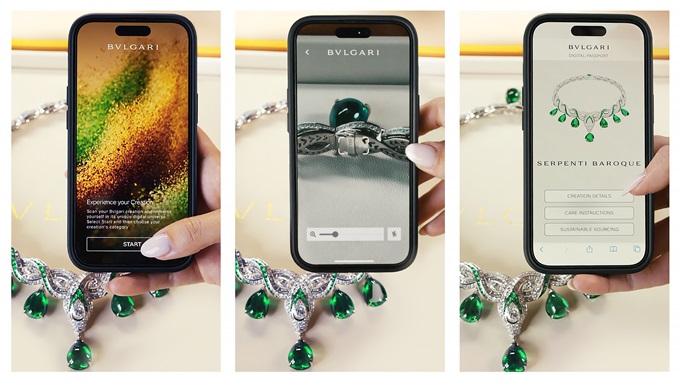
Bulgari's Connected Jewels mobile app
Connected Jewels relies on advanced OCR (Optical Character Recognition), powered by a synergy of optical optimisation, artificial intelligence and computer vision. Each jewel is discreetly inscribed with a singular and unrepeatable serial code, which unlocks its Bulgari Digital Passport that offers detailed insights into the piece — from the origin and rarity of its materials to the craftsmanship and aftercare options.
As the luxury market continues to evolve, the jewellery trade’s response to consumer demand for transparency invariably comes with new opportunities for storytelling and value creation in an increasingly competitive landscape.
JGW & JNA: 42 Years, 42 Stories is an online series running throughout 2025 to celebrate the 42nd anniversary of Jewellery & Gem WORLD Hong Kong and JNA. A new story of creativity, craftsmanship and innovation will be released every week. Subscribe to free JNA News Alerts to be notified when the next story is out.
